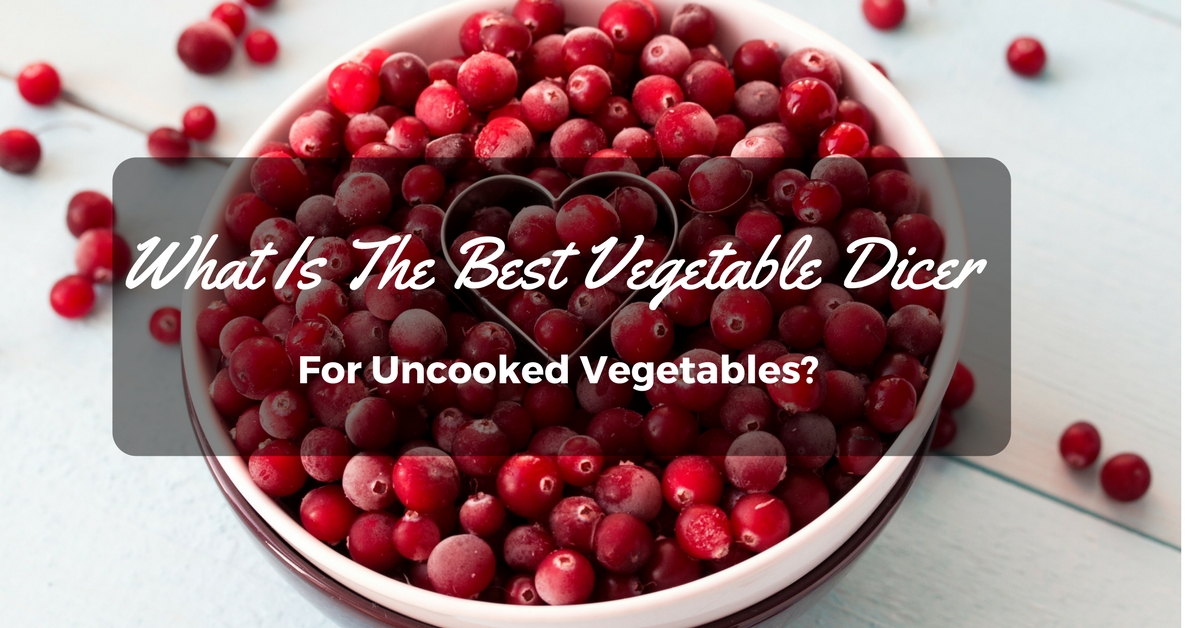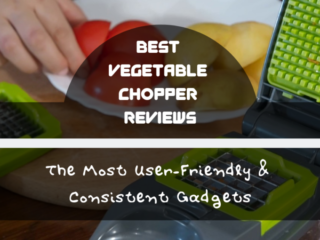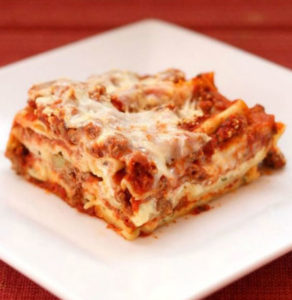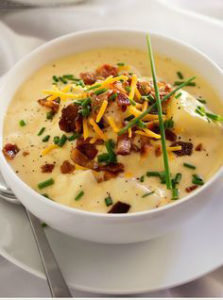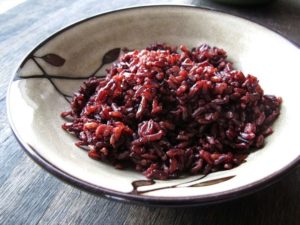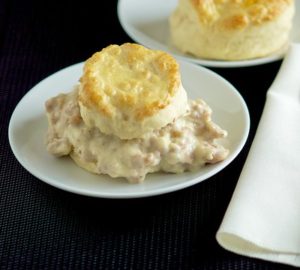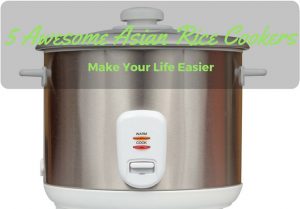When I was in school, there was this girl Emile among my friends who mostly stayed in the background but was the one you could depend on—any time. For some odd reason, I’ve always thought of my food chopper as a similar friend in the kitchen. My Mom used to have a little food chopper in the kitchen when I was growing up. And I remember that it always came out when she was running short of time and needed to prepare something instantly. There was the food chopper ready for action—any time.
Food choppers are among the lighter kitchen appliances that come in handy when you need to chop a small quantity. They make life easier in so many ways—they’re cheaper than full-fledged food processors, smaller, lighter, quieter and easier to clean. They also make an excellent gift for a house warming party. I’ve purchased a number of food choppers over the years and believe I’ve narrowed down the criteria to select the best chopper for your kitchen. So here are some of the things you should think about when comparing different brands in the appliances section.
More...
Style: Manual or electric?
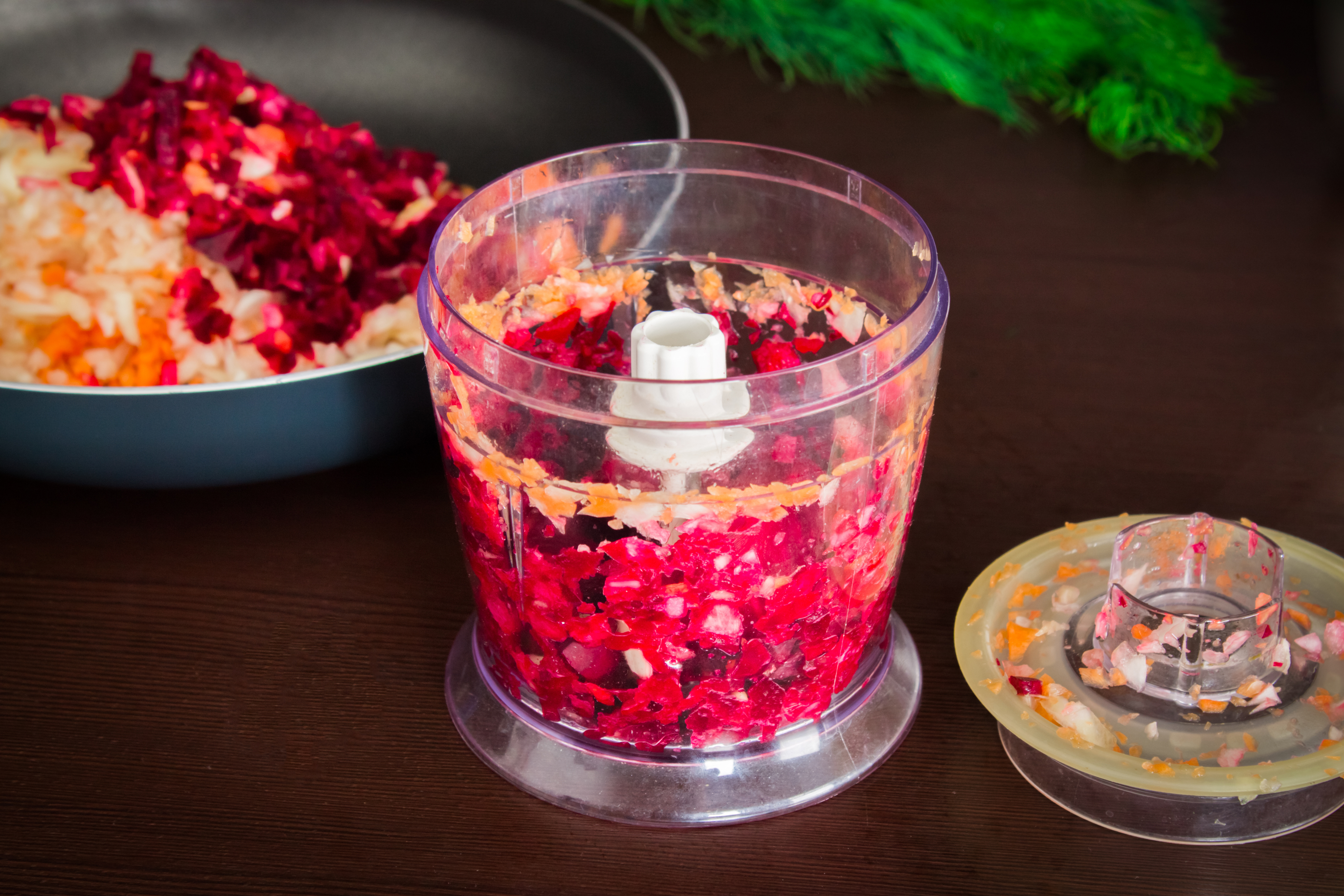
Food choppers come in manual as well as electric varieties. Each one has its own benefits but for many buyers it comes down to a matter of convenience as well. I know a lot of people who prefer manual food choppers because they feel that it saves time than having to plug an electric chopper in a socket and navigate through the settings. If you also fall into that category, you’ll be glad to know there are a number of effective manual food choppers on the market that are much more affordable than electric ones.
Also, think about the size of an average meal at your home. If you have a family of three or four, you would obviously need a smaller machine than if you have a larger family.
Capacity
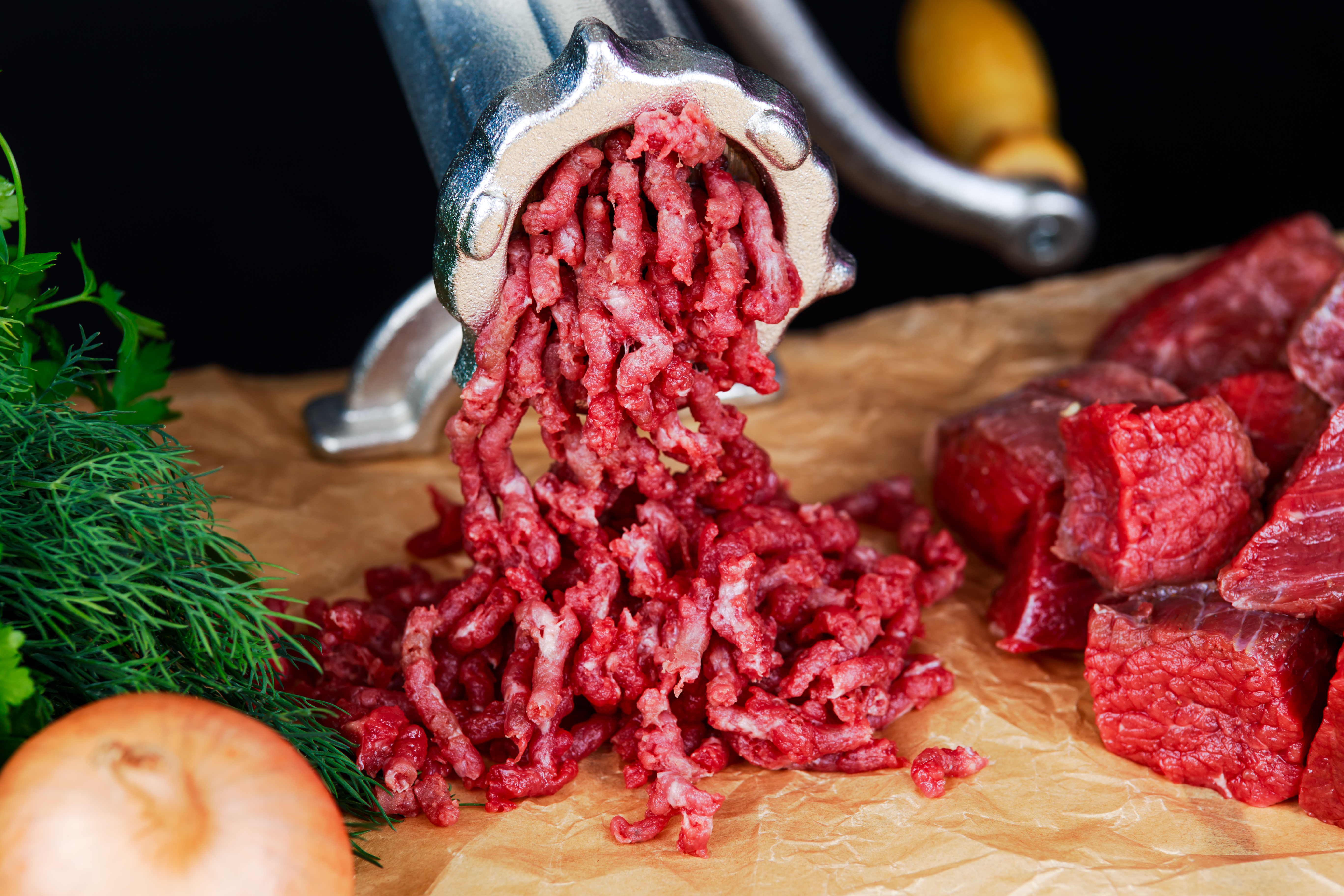
When I talk about capacity, I mean the volume of food that can be processed at one time. Consider the tasks you would want to use the chopper for, and how often those tasks need to be performed. If you like to prepare chopped vegetables for a week in advance then you should go for a chopper with a capacity of at least 3 cups. Otherwise, you would have to prepare several batches instead of a single, large batch and spend a lot of time on it.
Operations
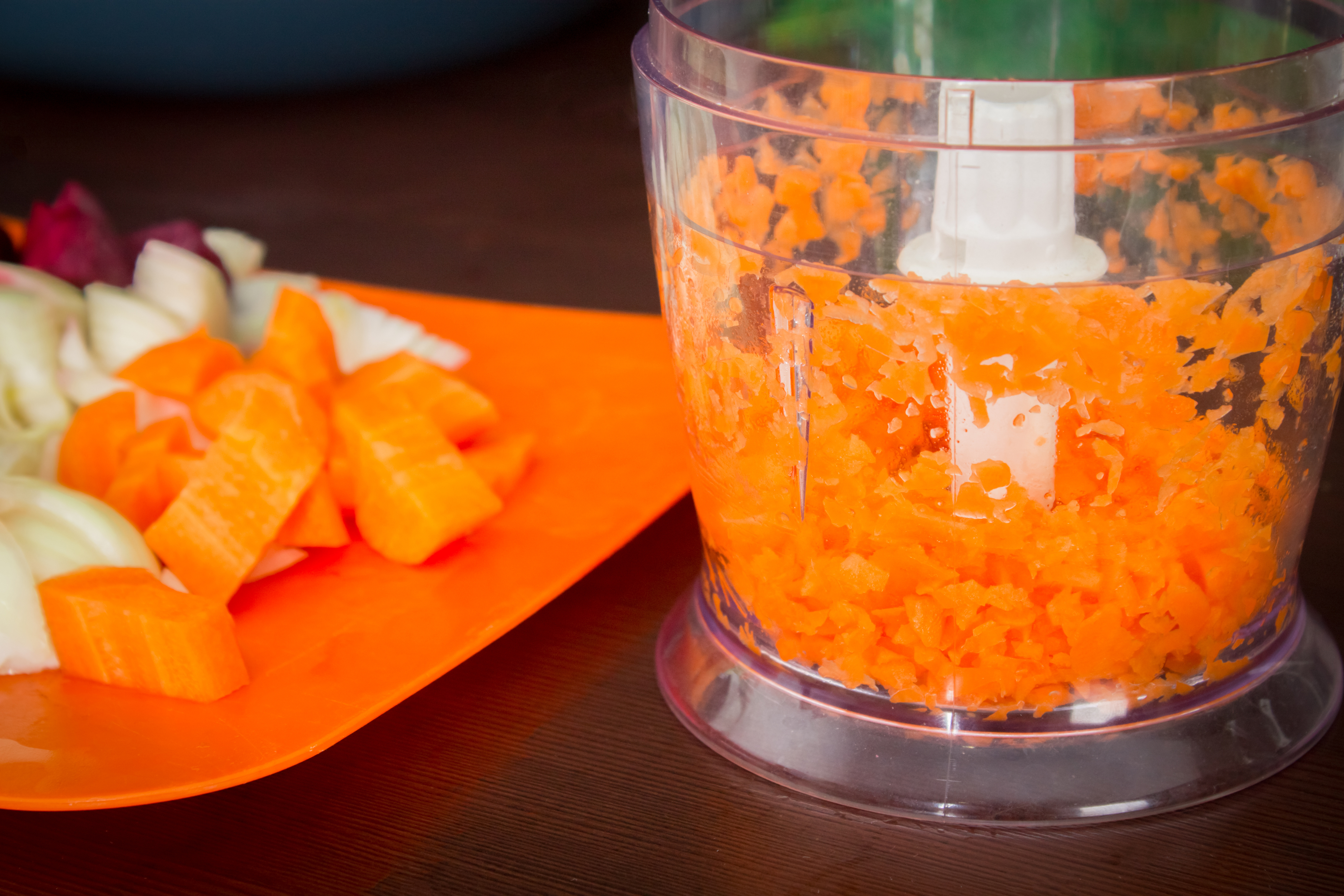
Make sure that the design and shape of the food chopper complements the way you like to use your kitchen appliances. There are certain movements that we feel more comfortable performing than others. So, for instance, one might feel comfortable working with touch button settings while another might find flip switches or manual pumps more intuitive to use. It all largely boils down to habit and comfort.
Features
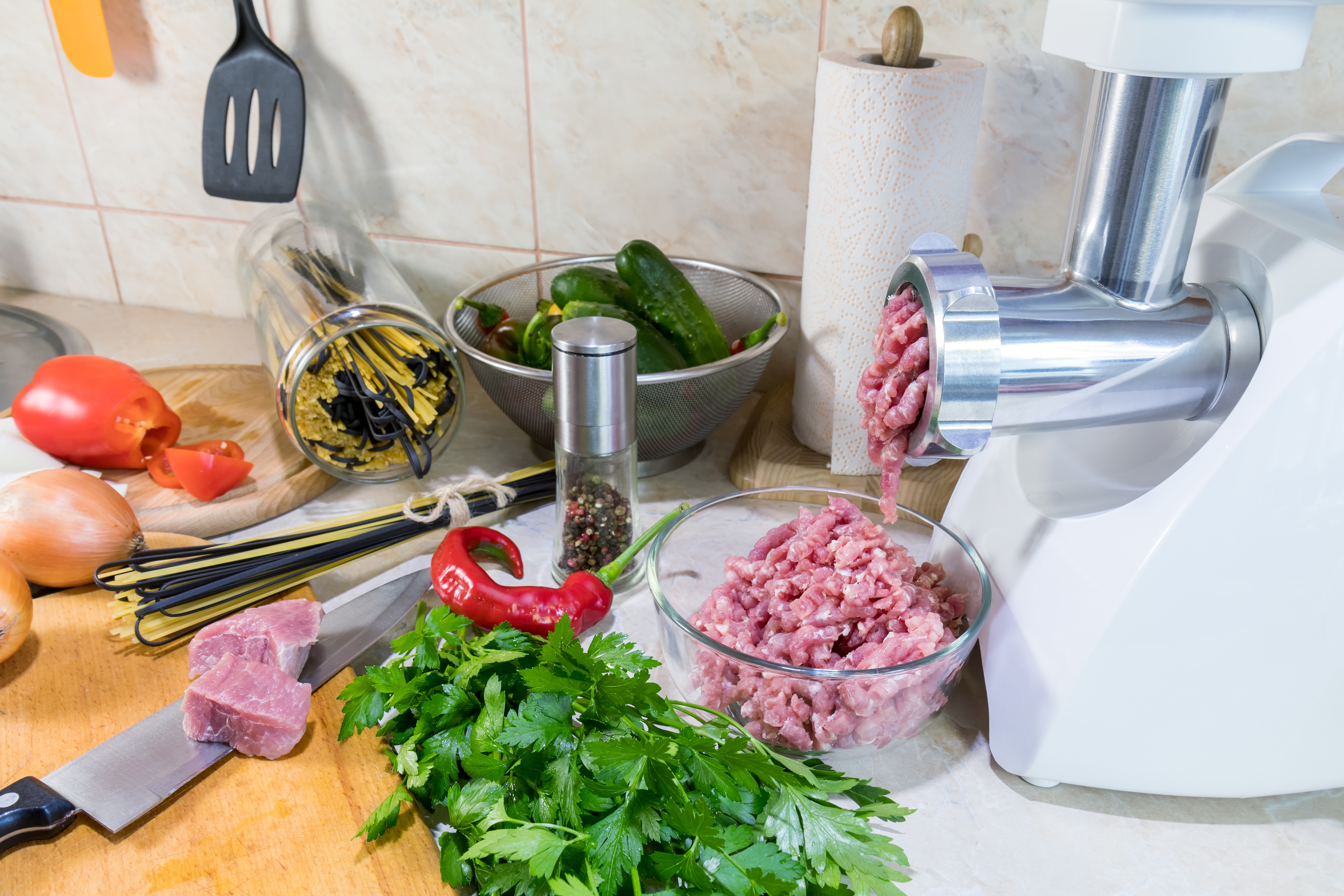
If you have an old-fashioned food chopper lying around from when you were a kid, you can probably use it only as a chopper. Modern food choppers are designed to typically perform at least 3 different functions. In addition to chopping, you can use a food chopper to make minced meat and also to make purees. You may also want to look at the blades that come with the food chopper. If you’d like to get more variety out of your chopper, you should go for a model that offers multiple blades for slicing and cutting in addition to chopping.
Price
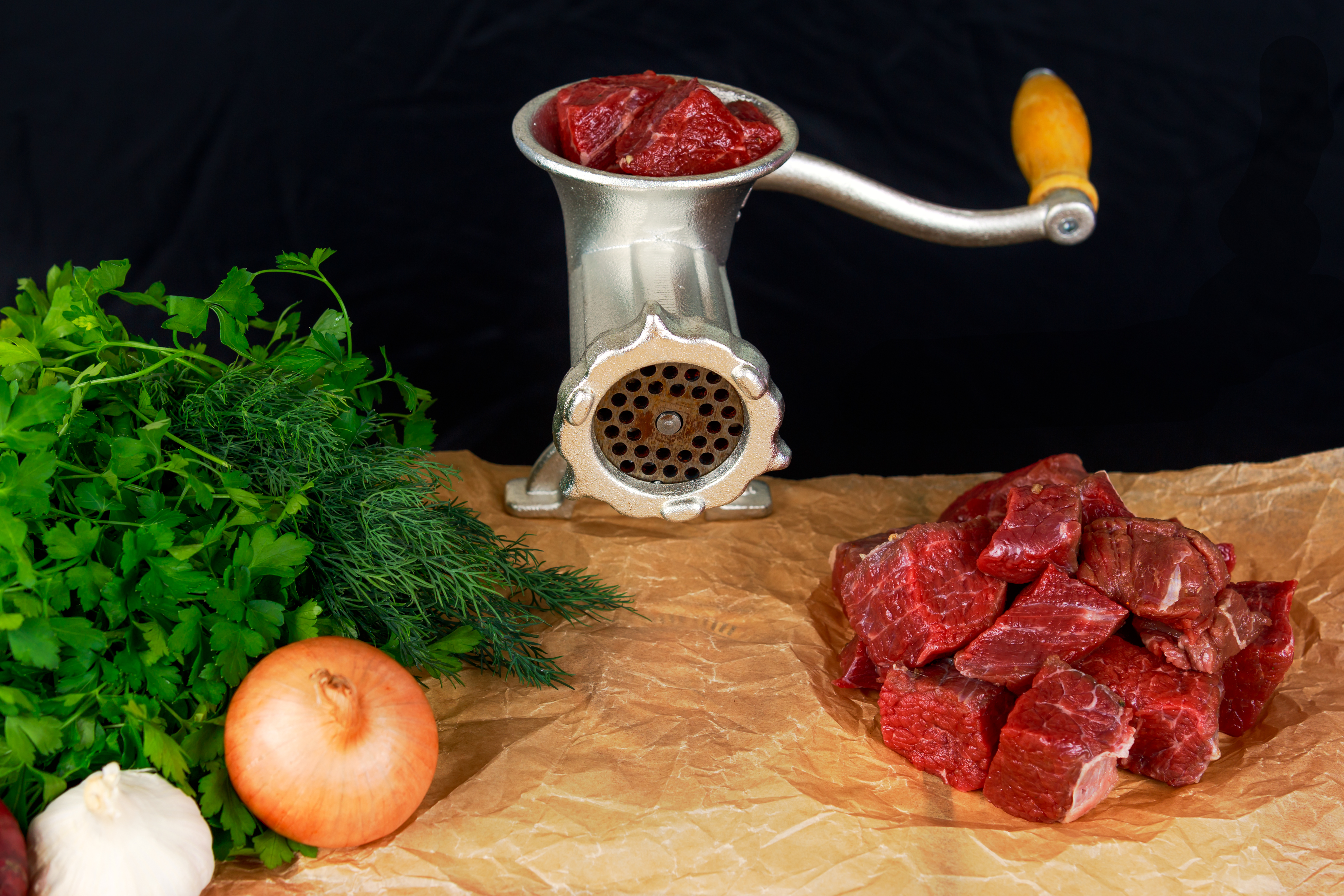
This last factor depends on the choices you make with regard to all the aspects mentioned earlier in this article. Of course, price is a very important factor because food choppers come in a range of prices, depending on the features and quality. A very basic model can be purchased for as little as $20, while more premium brands can go up to $100 or even more. Generally, a durable, reasonably good quality food chopper can be had for approximately $60-70.
Keeping the above points in mind can help you plan your food chopper purchase more systematically. A good food chopper can be a lifesaver in the kitchen. It can save you from embarrassment from running out of chopped ingredients and helps you prepare meals more efficiently in small batches.


